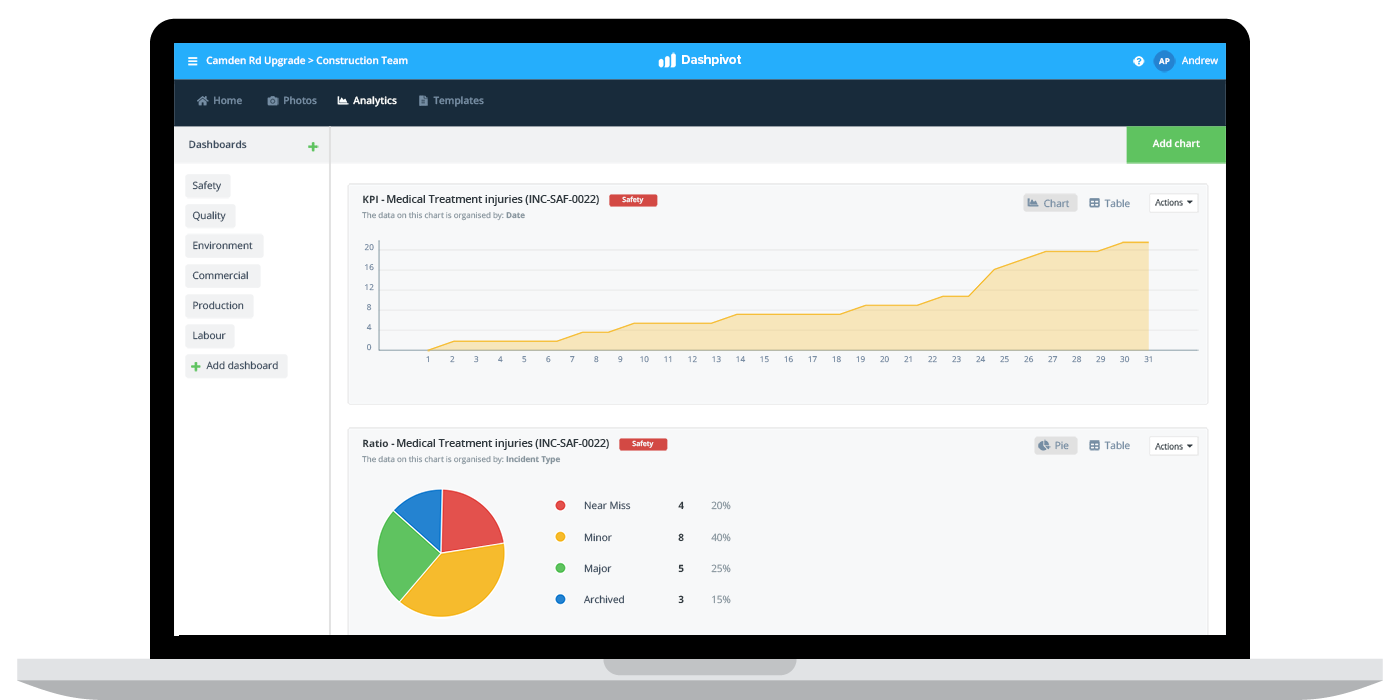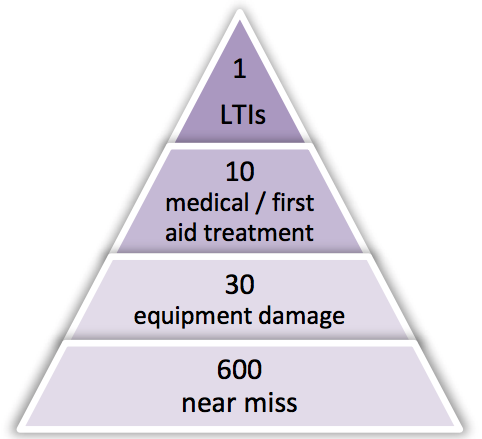Safety – Medical treatment injury

MTI: Medical treatment injury definition and frequency rate info
Medical treatment injury definition
A medical treatment injury or MTI is defined as any injury or disease which resulted in a treatment from a physician or other medical personnel under the order of a physician.
Most companies and projects differentiate and measure MTI's and FAI's or first aid injuries one another, as the difference in severity warrants a different lens.
Unlike a medical treatment injury, a first aid injury is an injury which only requires a single first aid treatment - and a potential follow-up visit for observational purposes. Even though some of these first aid injuries are administered by a physician, the person or people can often continue with their activities straight away.

The definitions of a medical treatment injury vs. a first aid injury can be blurry at times, but some examples of each to help clarify are:
Typical medical treatment injuries:
- Prescription medication required
- Stitches or sutures
- Treatment of infection
- Removal of foreign objects
- Treatment of deep tissue
- X-ray
- Admission to hospital
While typical first aid injuries include:
- Treatment of minor burns
- Application of a bandage
- Application of antiseptics
- Use of non-prescription medication
While there is the possibility of overlap, whether or not someone can get some simple first aid and continue with their activities usually dictates whether something is classified as a medical treatment injury or first aid injury.
Medical treatment injury frequency rate
The main reason that the above MTI definition and categorisation is important is that companies and projects report on these MTI and FAI rates for internal and external purposes.
The number of medical treatment injuries which occur is an important number in and of itself, but it becomes a more powerful indicator when standardised and benchmarked against other companies and their own historical rates as a key safety KPI.
Medical treatment injury frequency rate is simply the rate at which medical treatment injuries have occurred over a specific period of time, usually standardised into MTI per million hours worked or per 100 full-time workers during a one year period.
Using the medical treatment injury frequency rate enables companies to measure medical treatment injuries no matter how many people, projects or activities they had during a period. Because it's a 'rate', they can track this rate over a number of years to spot trends - as well as compare it to other similar companies and industries.
MTI 'averages'
It can be difficult getting MTI numbers from many companies or industries, partly because many first aid injuries and medical treatment injuries are dealt with solely internally and tracked internally, and partly because there are a number of other metrics which authorities care about too, like the lost time injury frequency rate.
You can find some 'averages' and tangible numbers pulled from a 2008 study in Australia(source
These results came from the construction industry, and as you can see, they were based on measuring the difference between construction companies on a specific workplace health and safety scheme aimed at lowering medical treatment injuries - and those who were not on the scheme.
| Period of time | Average MTIFR on scheme projects | Average MTIFR on non-scheme projects |
|---|---|---|
| July to Dec. 2007 | 9.53 | 23.32 |
| Jan to June 2008 | 16.29 | 24.36 |
| July to Dec. 2008 | 14.50 | 16.67 |
Construction companies have some of the higher MTIFR numbers, because the industry is notoriously dangerous and a medical treatment injury can be picked up from any number of activities or circumstances.
What is interesting about the numbers as well, is that you can see the improvements made to MTI over the course of a single year through conscious effort.
Even in construction and other heavy industries, lowering MTI's is very possible through the right approach and safety practices.
The relationship between different types of workplace injuries
As has been mentioned previously in the article, there can be some confusion in the health and safety space about the difference between medical treatment injuries, first aid injuries and lost time injuries.
The difference between medical treatment injuries and lost time injures is that lost time injuries refer to injuries which result in an employee or worker being absent from at least one full day of work - not including the day in which the injury was sustained.
So while MTI's require medical treatment, the worker does not have to take a day off work.
Companies care about and measure lost time injuries closely because they can have a big and costly impact on productivity as well as safety.
Because there is an obvious 'escalation' and hierarchy of injury types being measured across these workplaces, there have been some interesting studies on the relationship between medical treatment injuries and other types of injuries.

'Bird's triangle' has been referenced a number of times on the safety space. This triangle was derived from a 1969 study which examined over 1,500,000 incidents from almost 300 firms and 3 billion work hours.
What Bird found from all of these numbers is that there is some pretty predictable ratios moving 'up the pyramid' and through the different types of injury severities.
You can get an idea of these ratios by looking at the above pyramid, which flows from 600 near misses to 10 medical treatment injuries and 1 lost time injury.
Bird's findings proposed an approximate 1:15 ration between medical treatment injuries and lost time injures, meaning that for every 15 medical treatment injuries, one of them 'became' or resulted in a lost day.
This study, along with many other predictive studies have been challenged and criticised in the past, but they do of course draw attention to the obvious fact that there is a flow on effect starting at hazards, near missed and incidents.
Understanding the context of your work and activities and the relationships between these metrics on your sites is the best way to approach looking at safety holistically.
Lowering medical treatment injuries is a crucial part of health and safety progress for all companies, and like everything else, that starts with focusing on safety inputs - and lowering the number of every day hazards, near misses and accidents involved in conducting work.
People in 70+ countries use this safety management system to better track, manage and lower their medical treatment injury rates.
